There were 16 persistently infected (PI) calves with bovine viral diarrhoea (BVD) still on farms 35 days after their herd owners were issued with a positive BVD result in the Republic of Ireland as of 25 July 2018, a new all-island map of PI calves shows.
In stark contrast, more than 440 PI calves were still on farm after 35 days of the positive test result in Northern Ireland (as of 31 July).
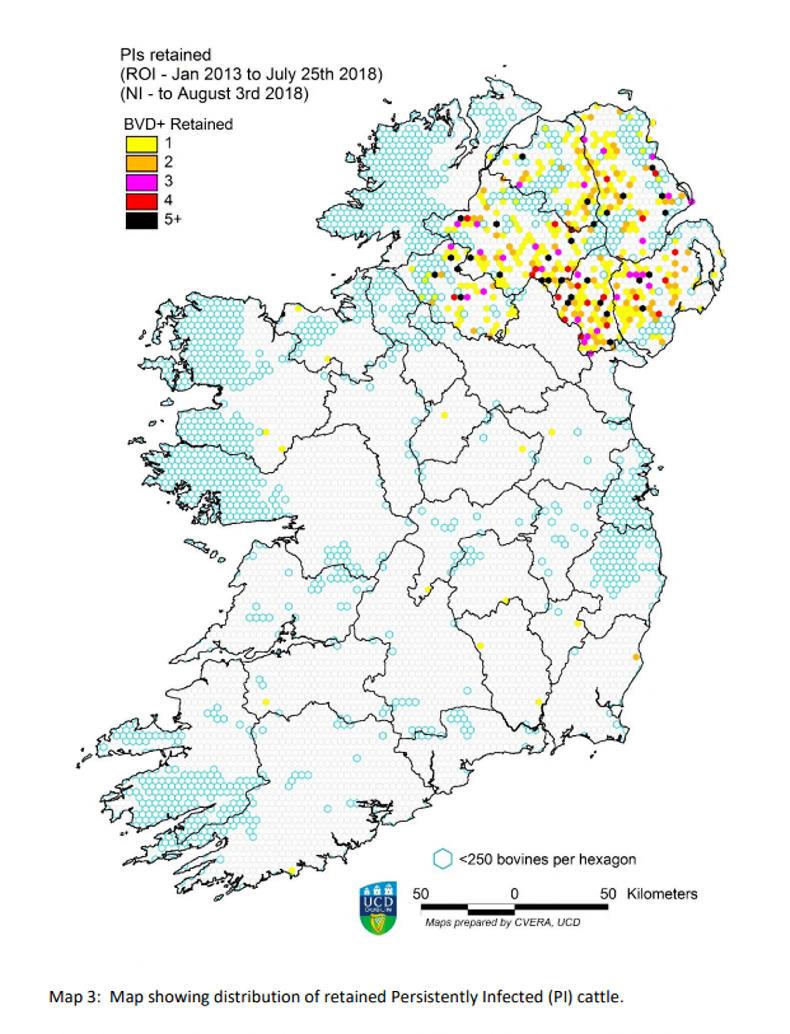
Map of retained persistently infected (PI) calves (PI calves that were on farms 35 days after a positive BVD result) on the island of Ireland.
The maps, made in conjunction with UCD, DAERA, Animal Health Ireland (AHI) and Welfare NI (AHWNI), show a clear improvement in the eradication of the disease in the Republic of Ireland (ROI) since 2013 but highlights the issue in Northern Ireland.
“These maps clearly illustrate the problem of PI retention,” Dr Sam Strain of AHWNI said. “Farmers who keep PIs greatly increase the risk of further disease in their herd and their neighbours’ herds. PIs must be disposed of as soon as possible.”
Northern Ireland
Compulsory testing for BVD came into effect in 2016 in Northern Ireland, making 2018 the third year of the eradication scheme.
There are 19,389 cattle herds across Northern Ireland participating in the eradication scheme and, to date, PI calves account for 0.06% of all cattle tested annually.
Unlike the Republic of Ireland, there is no financial compensation to encourage farmers to dispose of calves.
However, with PI calves unable to be sold live, or sold directly to meat processing plants as of 1 May 2018, farmers have little option but to cull PI calves once they are identified as there is no market outlet for these animals.
The scheme is proving to be effective, with the number of BVD positive calves born in NI in 2018 down 27% on 2017.
Of the 1,068 PI calves that were born and disposed of this year, 784 animals are beef-bred animals coming from suckler and dairy farms. The remaining 284 calves are sired by dairy breeds.
There were 16 persistently infected (PI) calves with bovine viral diarrhoea (BVD) still on farms 35 days after their herd owners were issued with a positive BVD result in the Republic of Ireland as of 25 July 2018, a new all-island map of PI calves shows.
In stark contrast, more than 440 PI calves were still on farm after 35 days of the positive test result in Northern Ireland (as of 31 July).

Map of retained persistently infected (PI) calves (PI calves that were on farms 35 days after a positive BVD result) on the island of Ireland.
The maps, made in conjunction with UCD, DAERA, Animal Health Ireland (AHI) and Welfare NI (AHWNI), show a clear improvement in the eradication of the disease in the Republic of Ireland (ROI) since 2013 but highlights the issue in Northern Ireland.
“These maps clearly illustrate the problem of PI retention,” Dr Sam Strain of AHWNI said. “Farmers who keep PIs greatly increase the risk of further disease in their herd and their neighbours’ herds. PIs must be disposed of as soon as possible.”
Northern Ireland
Compulsory testing for BVD came into effect in 2016 in Northern Ireland, making 2018 the third year of the eradication scheme.
There are 19,389 cattle herds across Northern Ireland participating in the eradication scheme and, to date, PI calves account for 0.06% of all cattle tested annually.
Unlike the Republic of Ireland, there is no financial compensation to encourage farmers to dispose of calves.
However, with PI calves unable to be sold live, or sold directly to meat processing plants as of 1 May 2018, farmers have little option but to cull PI calves once they are identified as there is no market outlet for these animals.
The scheme is proving to be effective, with the number of BVD positive calves born in NI in 2018 down 27% on 2017.
Of the 1,068 PI calves that were born and disposed of this year, 784 animals are beef-bred animals coming from suckler and dairy farms. The remaining 284 calves are sired by dairy breeds.





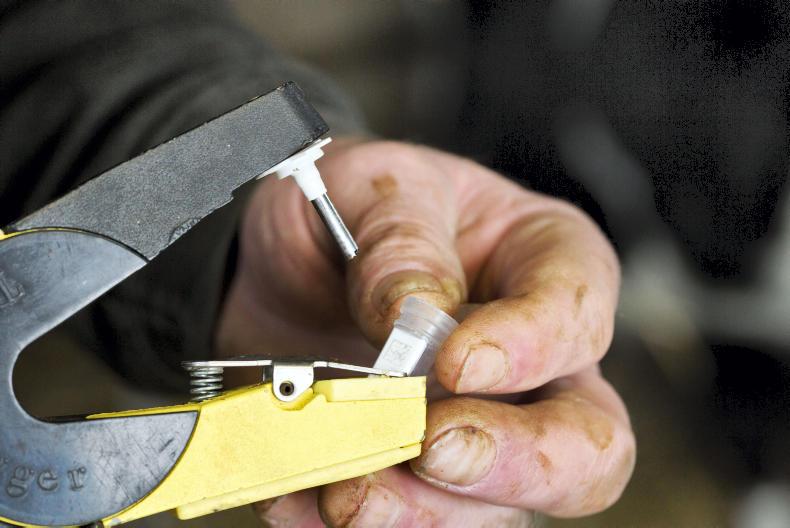
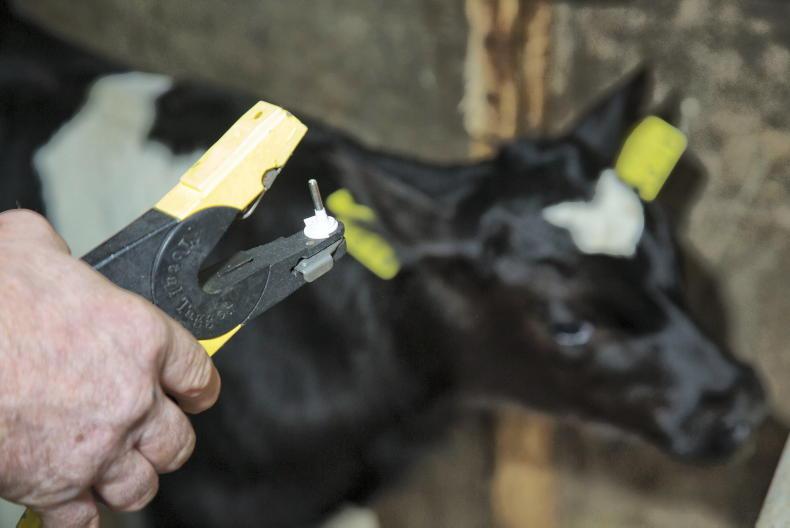

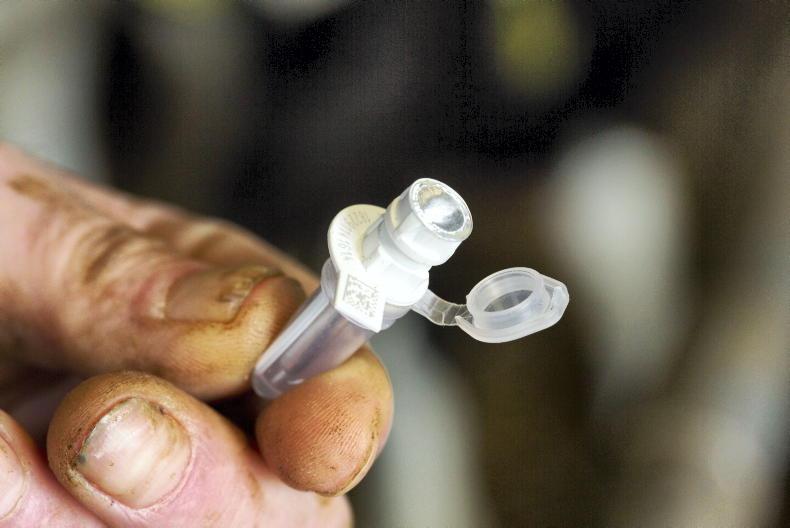
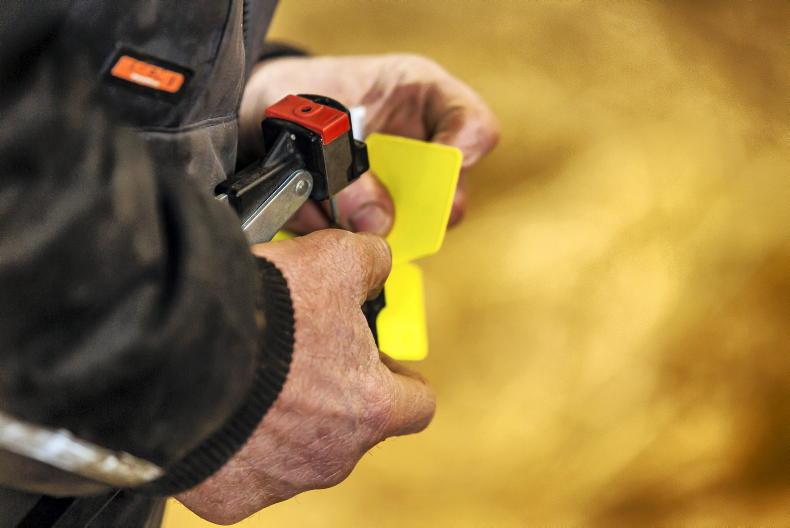
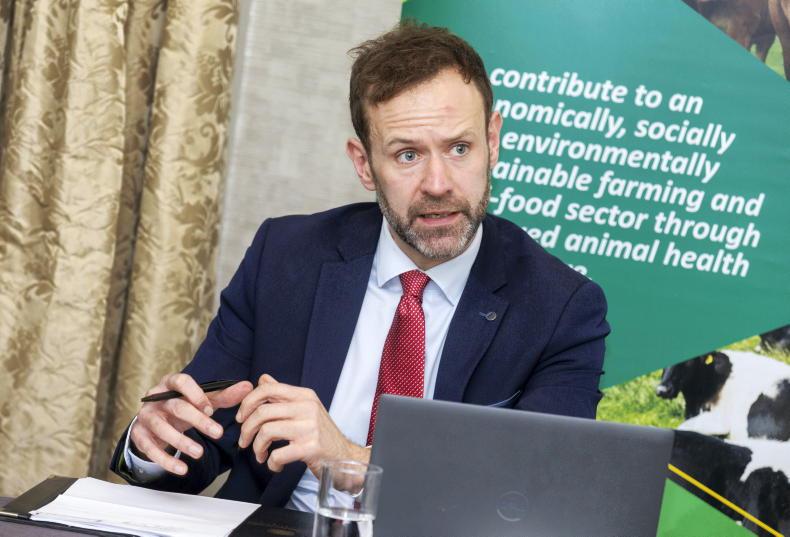
SHARING OPTIONS